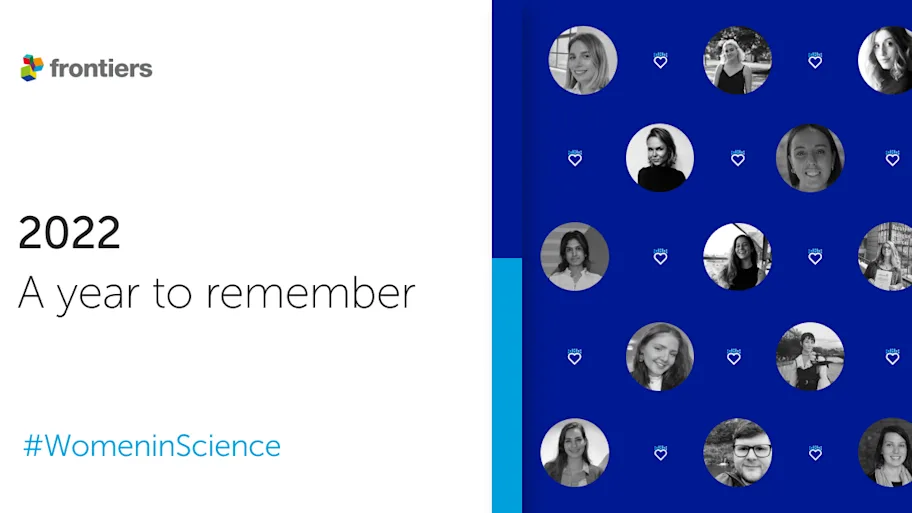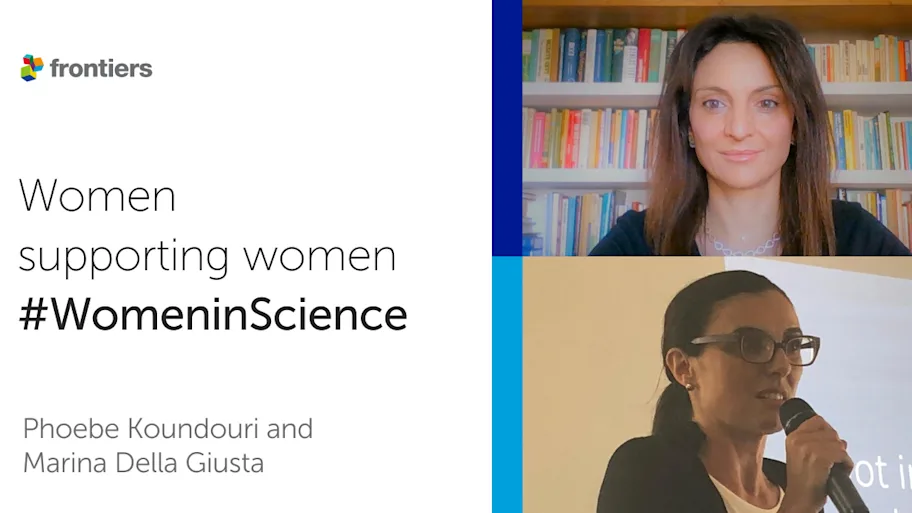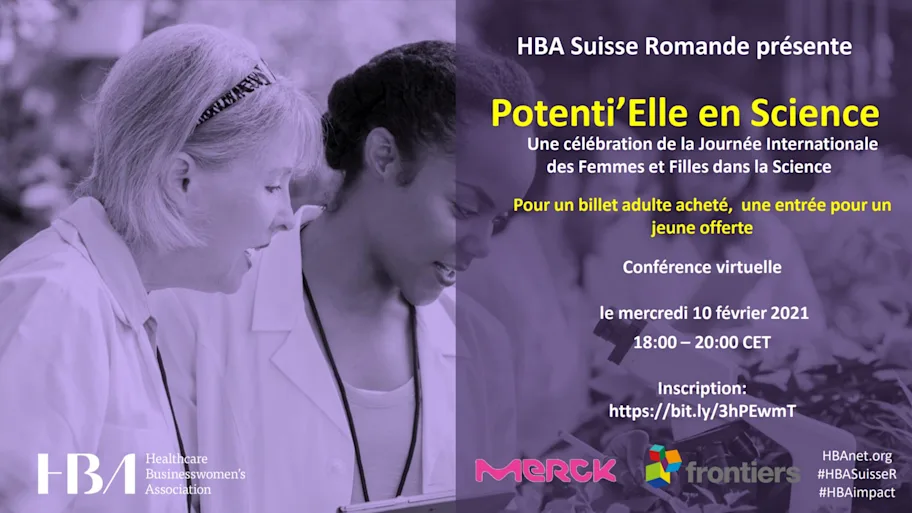
- Science news
- Humanities
- Building a Facebook of the Middle Ages
Building a Facebook of the Middle Ages

Could ‘big data’ of the past allow us to build an historical social network? The Venice Time Machine Project is finding out
— by Kevin Baumer
Meet Battista Nani, the Venetian ambassador to France from 1643-1668. By using new technologies to digitize, transcribe and index over 1000 years of historical documents — enough data to fill 80km of shelf space — we can now reconstruct parts of his life in much more detail. Documents such as tax returns, letters and genealogical records are now digitized and searchable, allowing Ambassador Nani to be connected to his family members, friends and colleagues in a larger network. Nani’s life trajectory emerges out of this mass of Venetian documents, through a constantly growing network of relations with particular places (the houses he owned, the places he lived or visited) and people (family and professional relations). Expand this network to cover all residents mentioned in the Venetian archives, and you have a snapshot of a social network of the time — a ‘Facebook of the Past’.
Frederic Kaplan, Field Chief Editor of Frontiers in Digital Humanities, presented an early version of the Venice Time Machine Project’s vision in a 2013 TED Talk, which has since been viewed over 1 million times The project was officially launched in 2012 by the Swiss Federal Institute of Technology in Lausanne (EPFL) and the Università Ca’ Foscari in Venice. As a flagship, “Venice was an ideal choice,” says Kaplan, “the administration of the Venetian Republic was very bureaucratic, keeping track of everything.” Importantly, all technological developments from the project are open source, allowing other institutions to follow the same methodologies and to avoid the unnecessary costs of re-creating them for their own use.

Battista Nani, the Venetian diplomat in the 1600’s with important social connections — can we understand the social networks of the past?
Moving forward, an expanded European project — The Time Machine Future and Emerging Technologies Flagship project— aims to build on the technologies and techniques used in Venice to create a much larger database of European heritage, testing whether it is possible to travel through time as easily as we can now travel through space. A large scale historical simulator will map 2000 years of European history, transforming kilometers of archives and large collections from museums into a digital information system. These Big Data of the past are common resources for the future that will have a huge cultural, economic and societal impact for initiatives such as historical search engines, data-driven historical simulations and augmented reality applications for tourism. So, not only should we be able to recreate Battista Nani’s social network in Venice but across the whole of Europe. Open science is the foundation for these types of Big Data Humanities projects, and we are only just touching the surface of the possibilities.
Frederic Kaplan spoke at the Frontiers Data Services Workshop at EPFL last February.
Kaplan is currently hosting the Research Topic Deep Learning and Digital Humanities. This topic welcomes all contributions that deal with Deep Learning applications to Cultural Heritage, Image, Textual and Musical scholarship, and Digital Humanities in general, or that question the societal and cultural impacts of the rapid rise of this technology. Please find out more and submit here.
REPUBLISHING GUIDELINES: At Frontiers, open-access and sharing research is part of our mission. Unless otherwise noted, you can republish our articles posted in the Frontiers blog – as long as you credit us with a link back. Editing the articles or selling them is not allowed.






